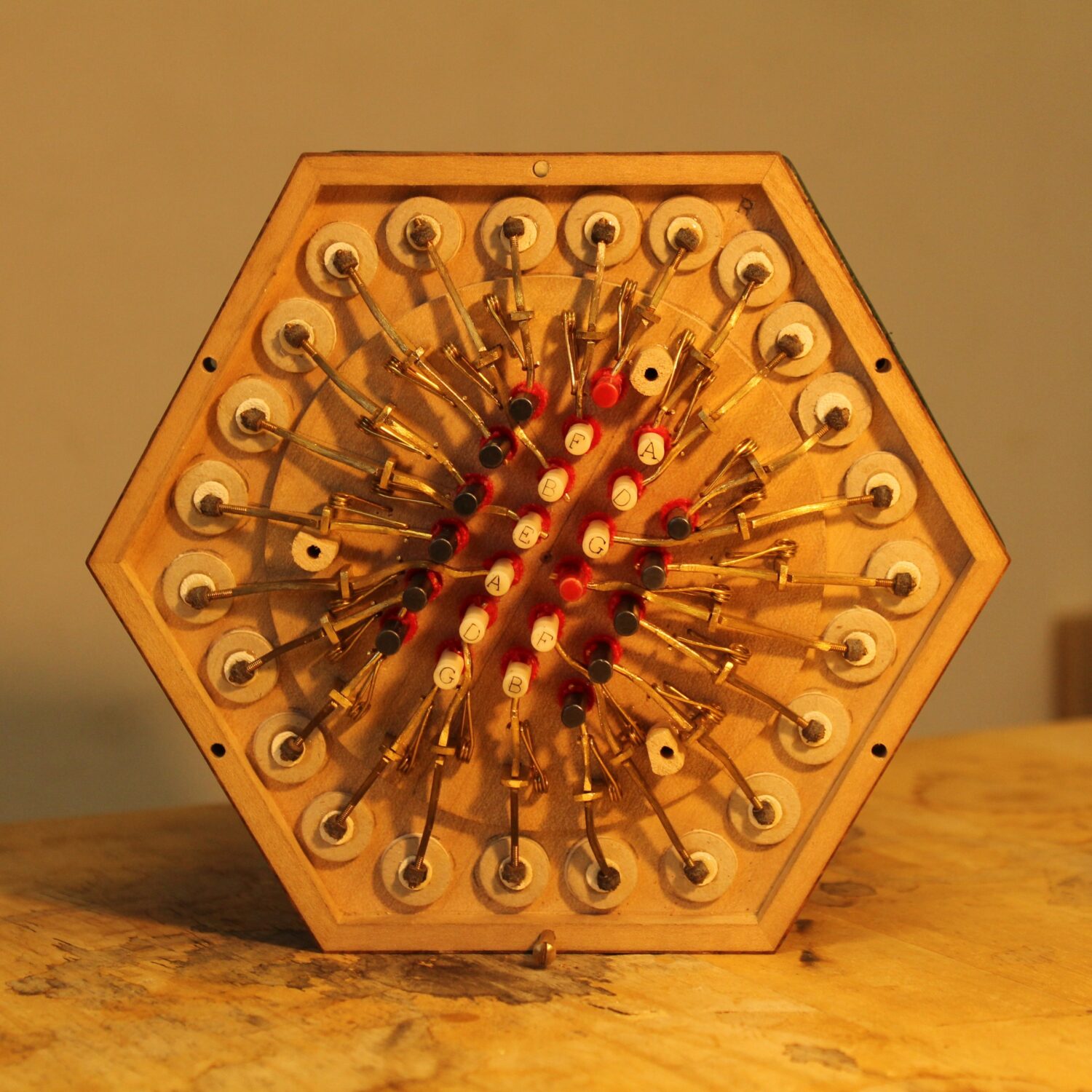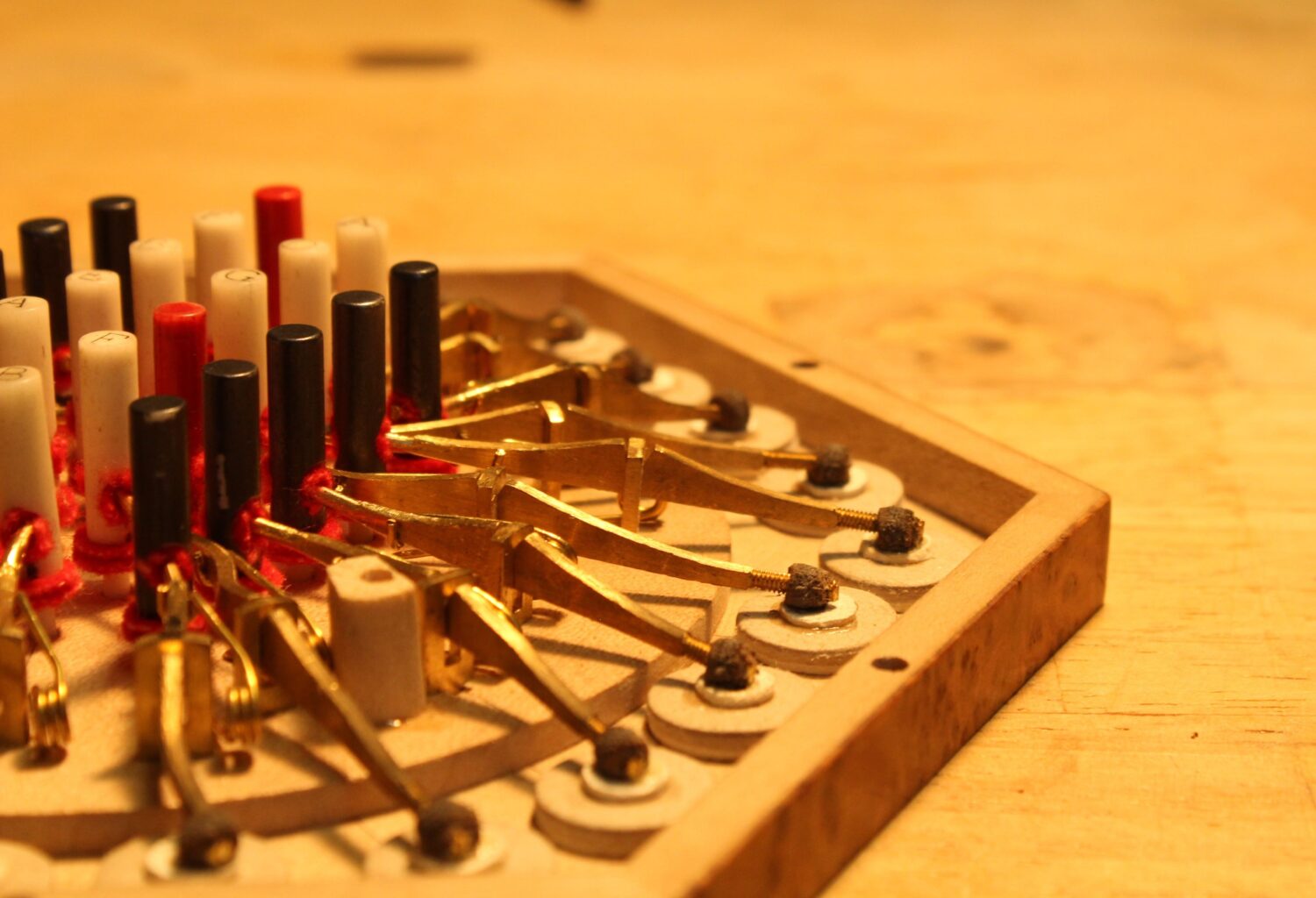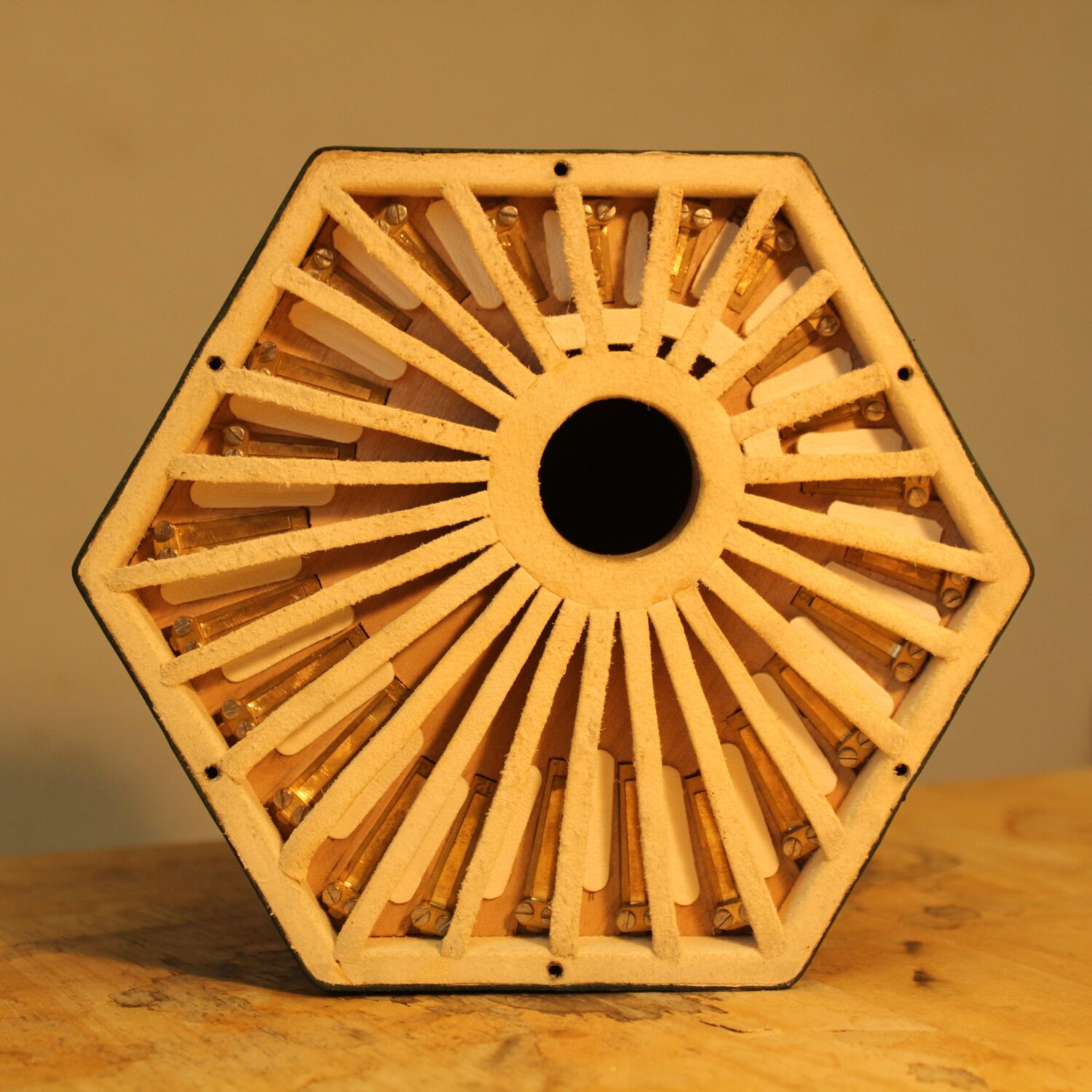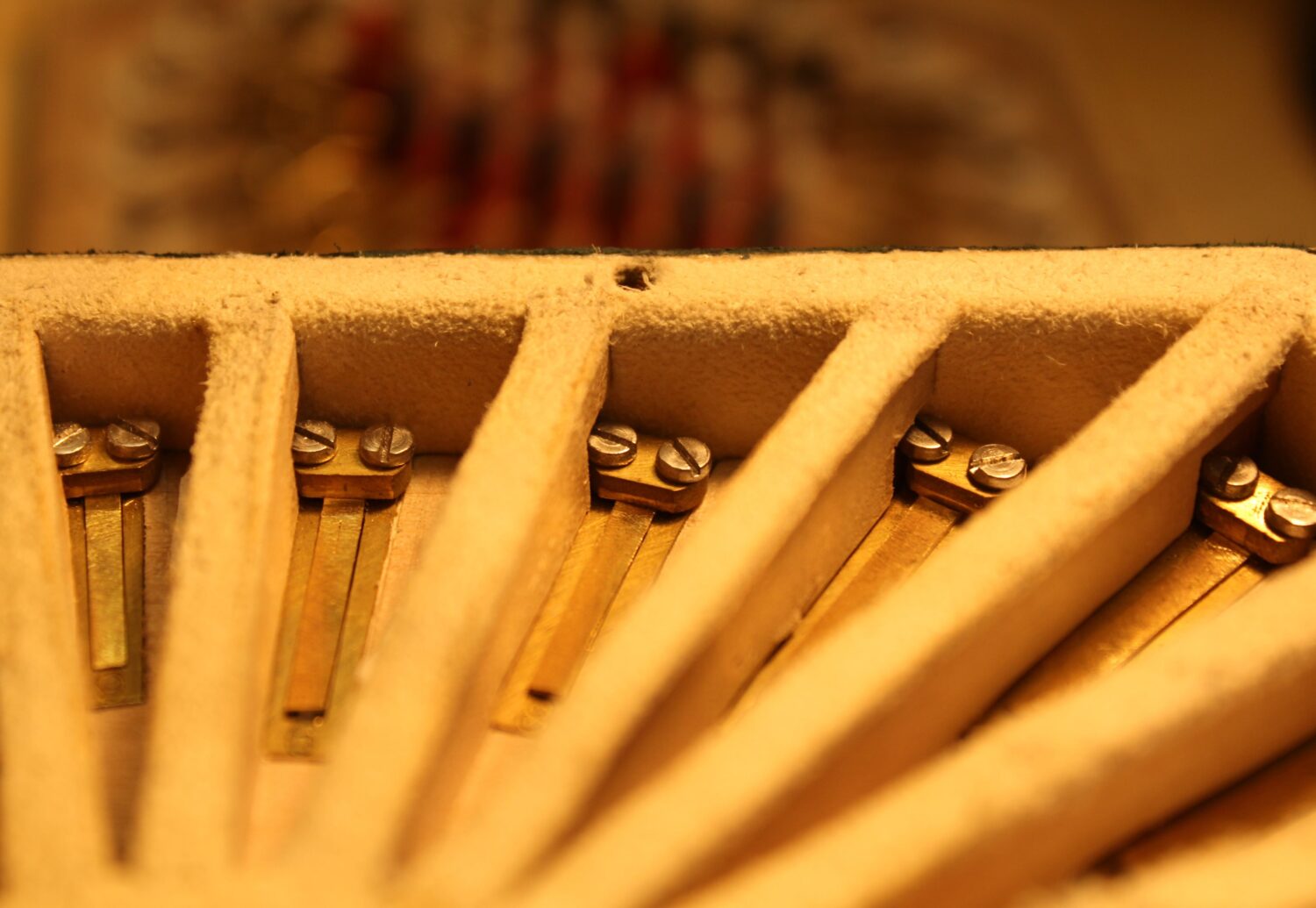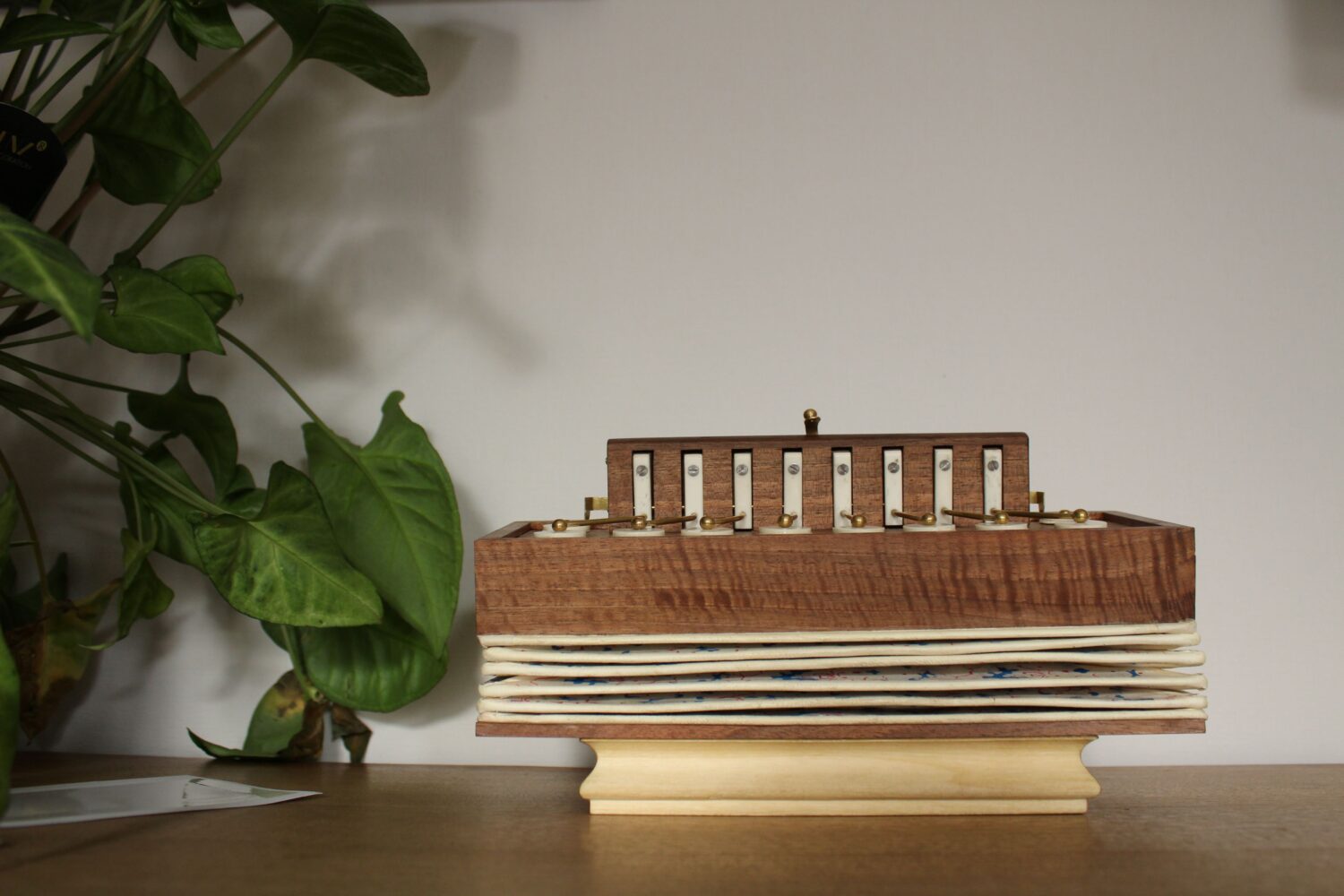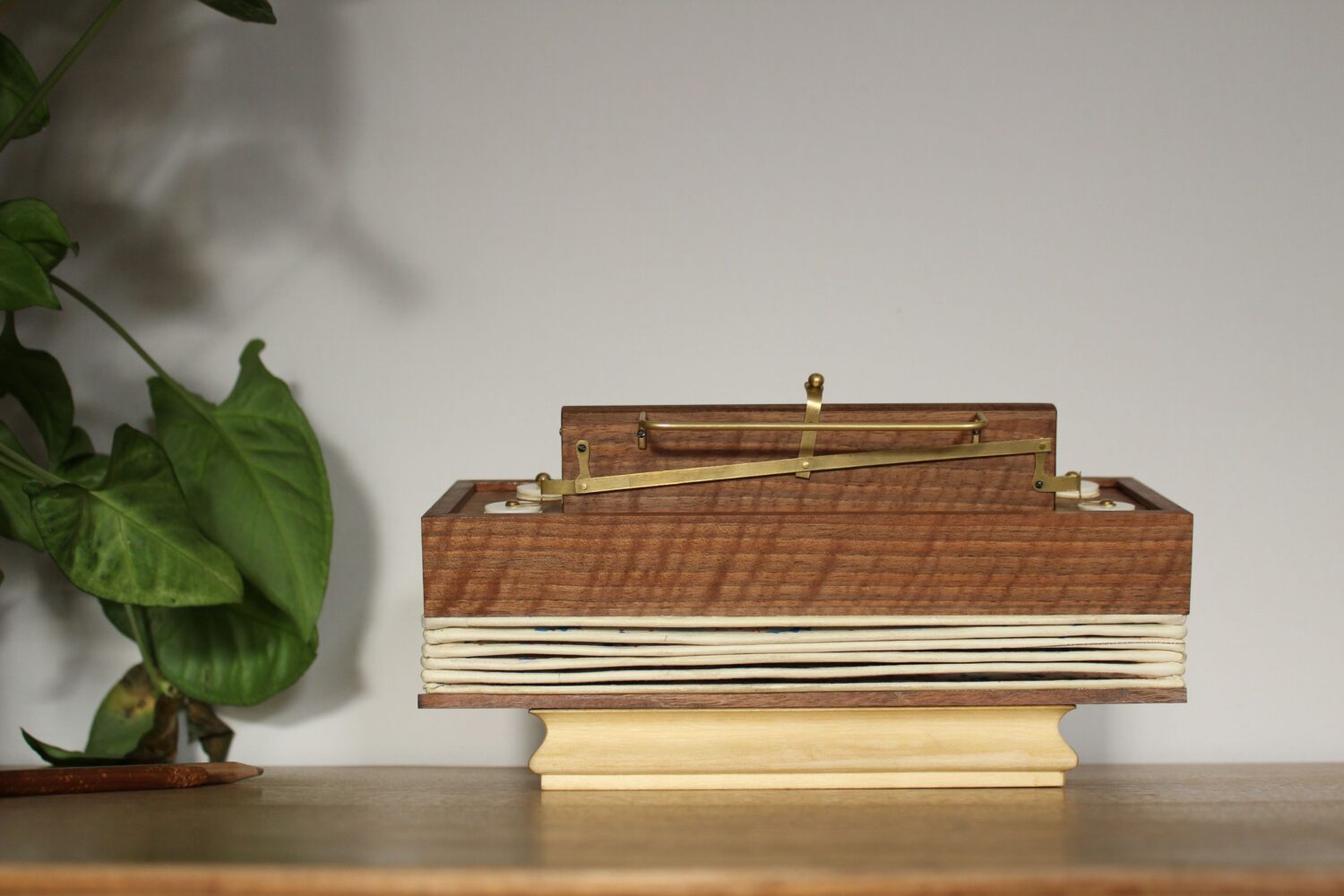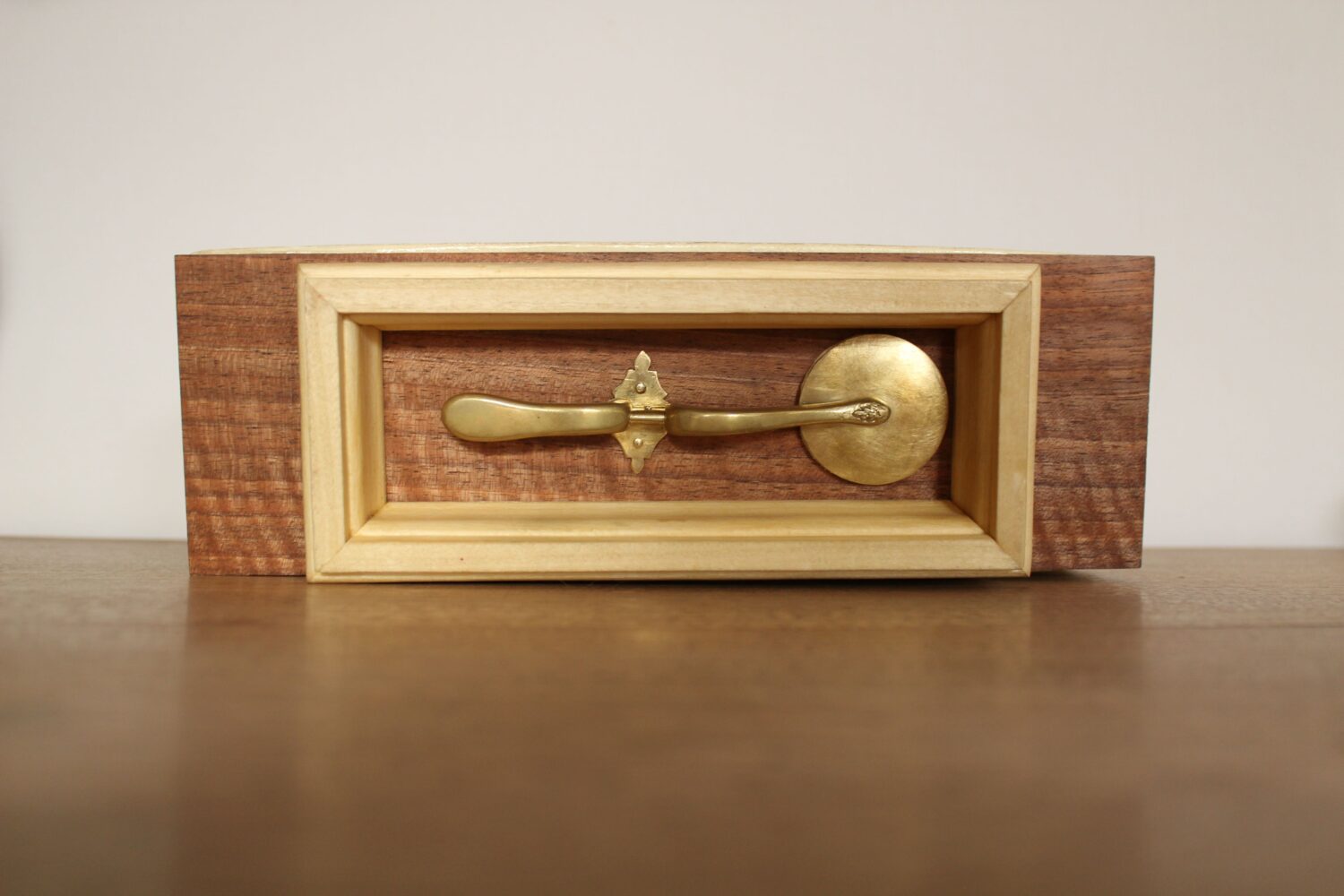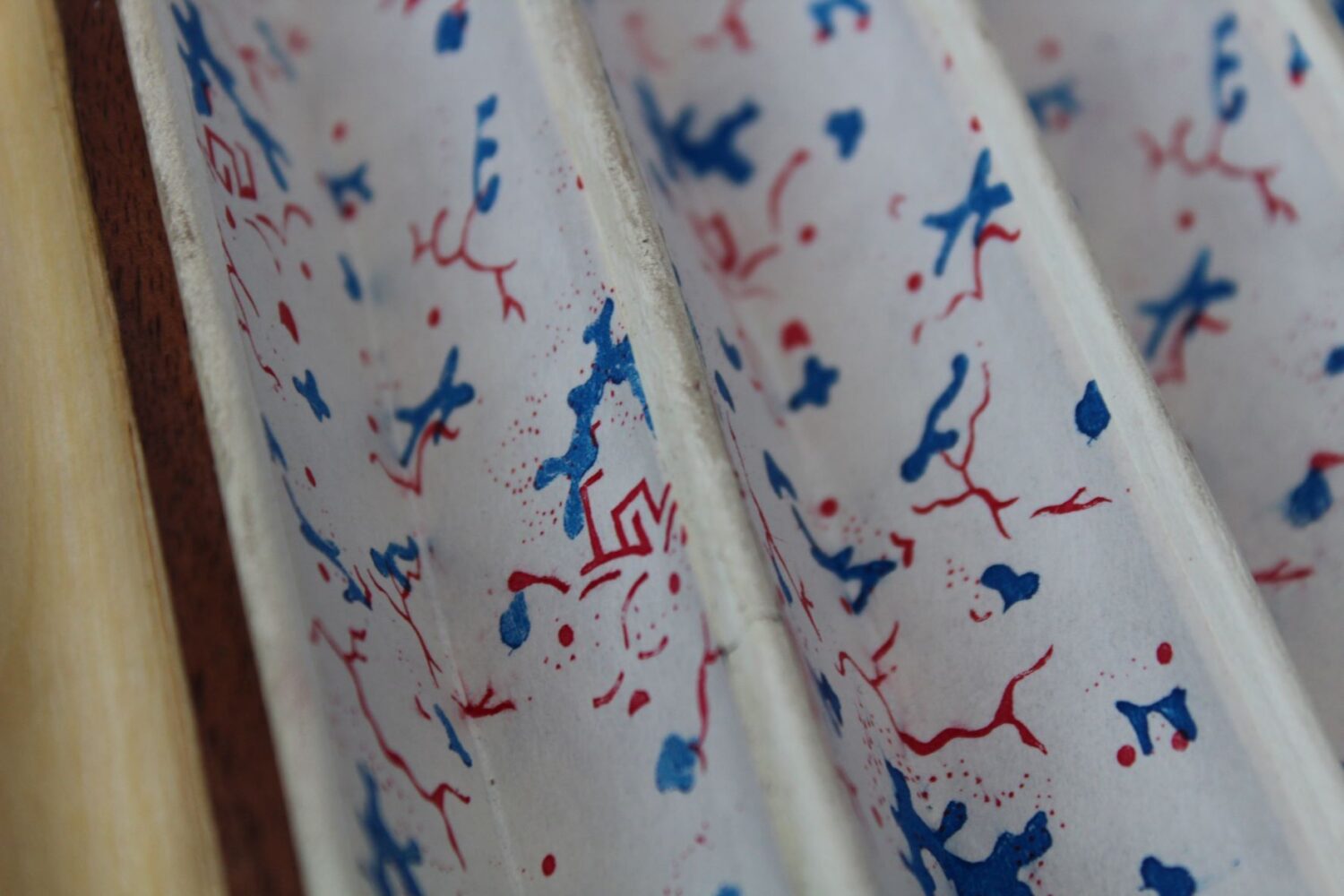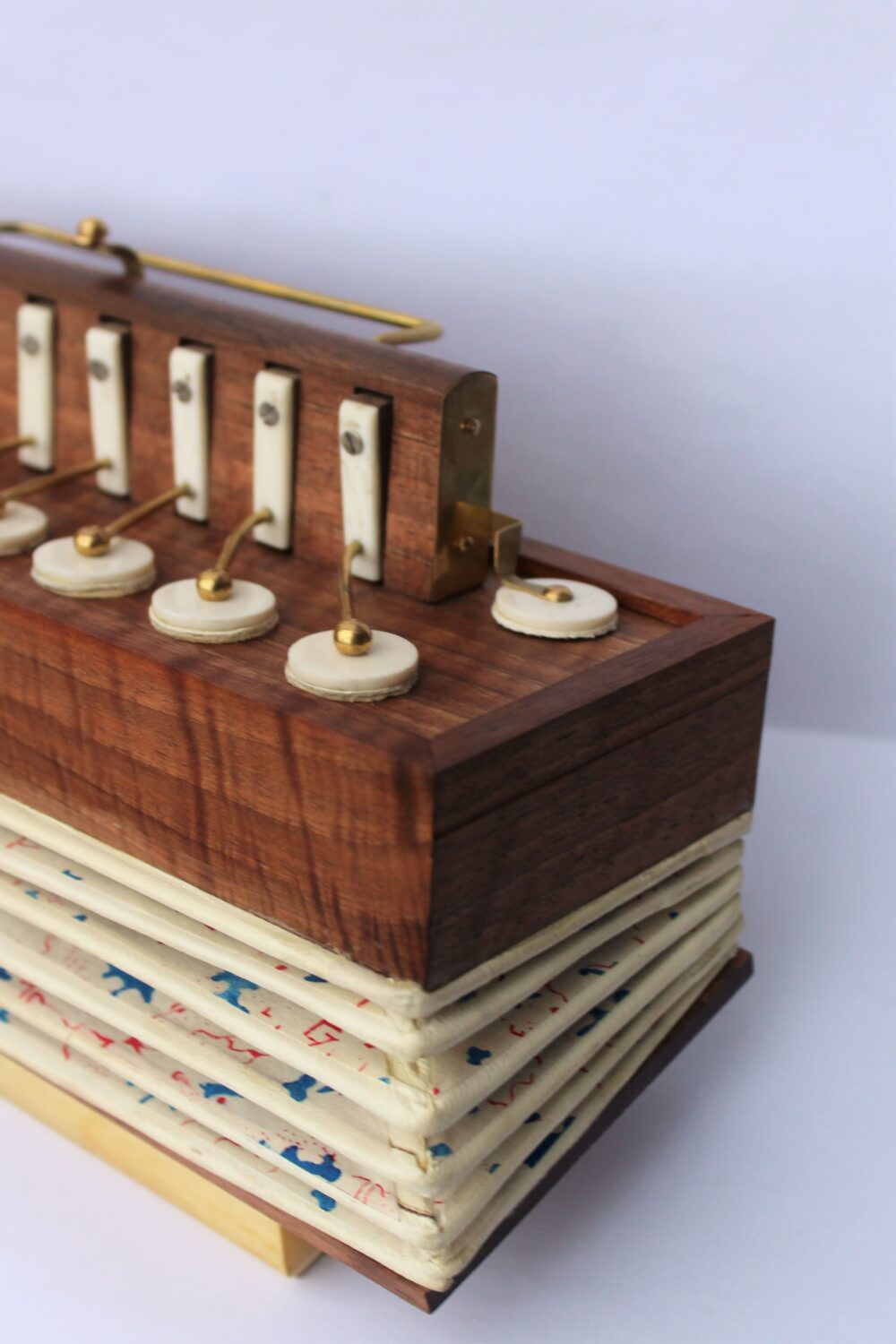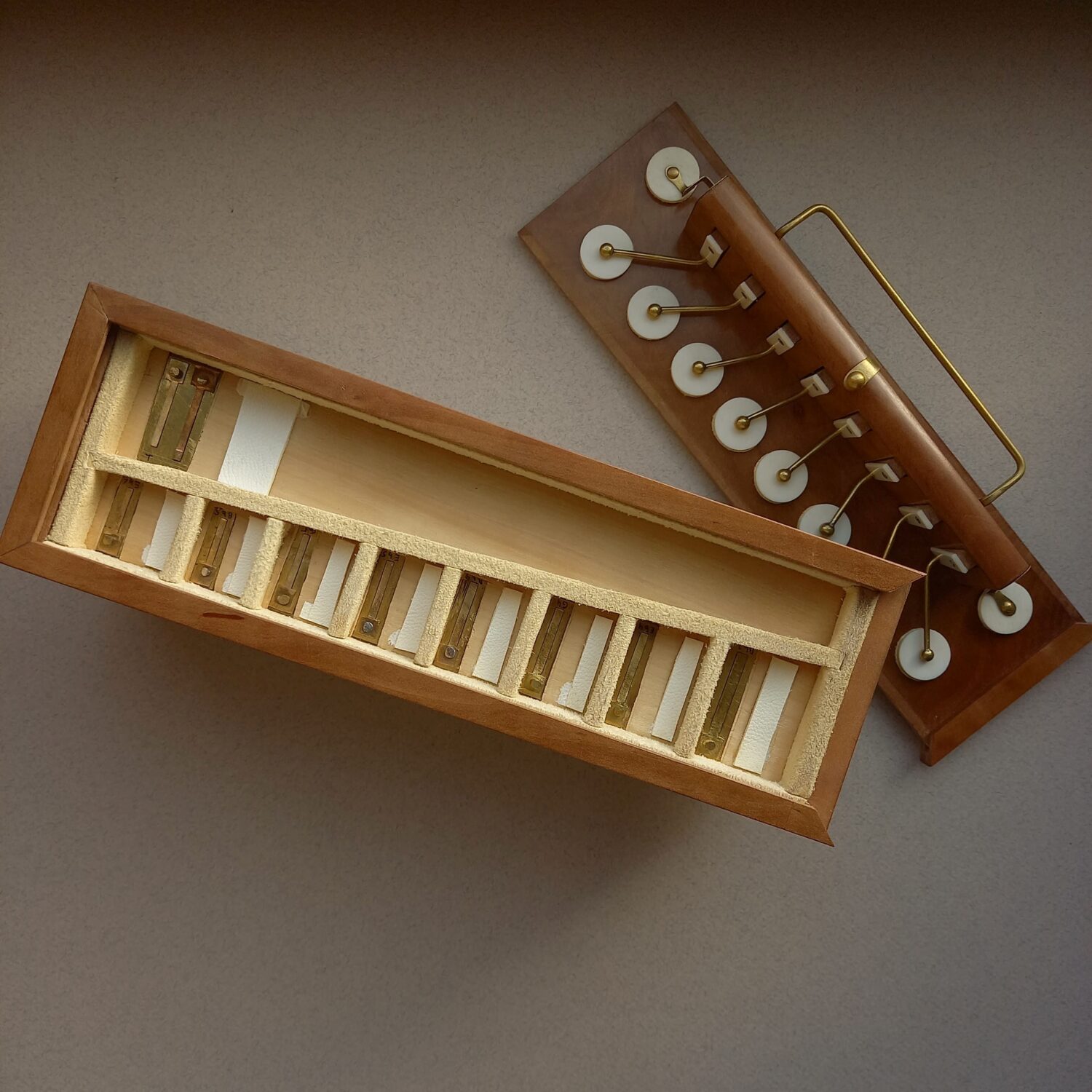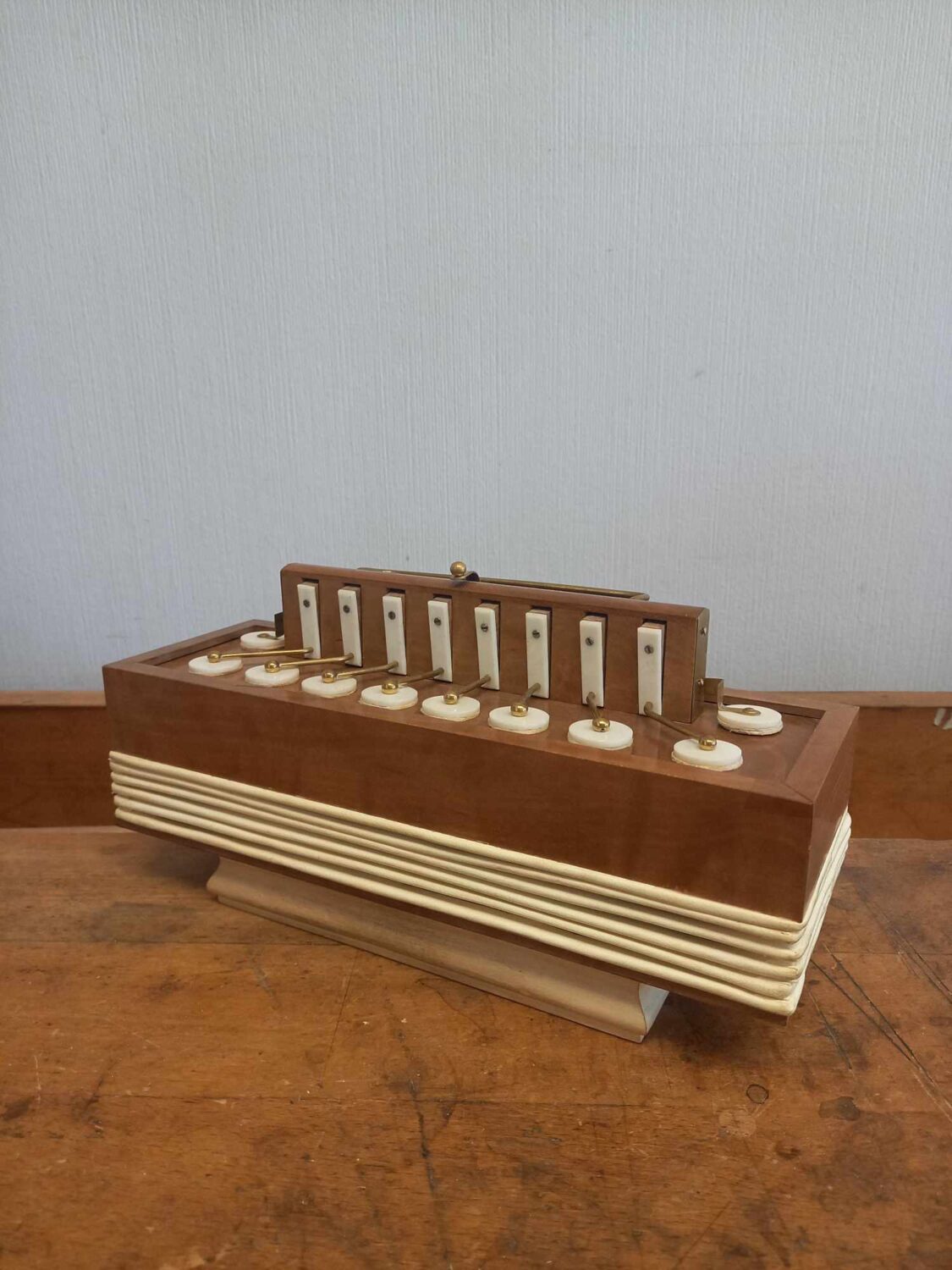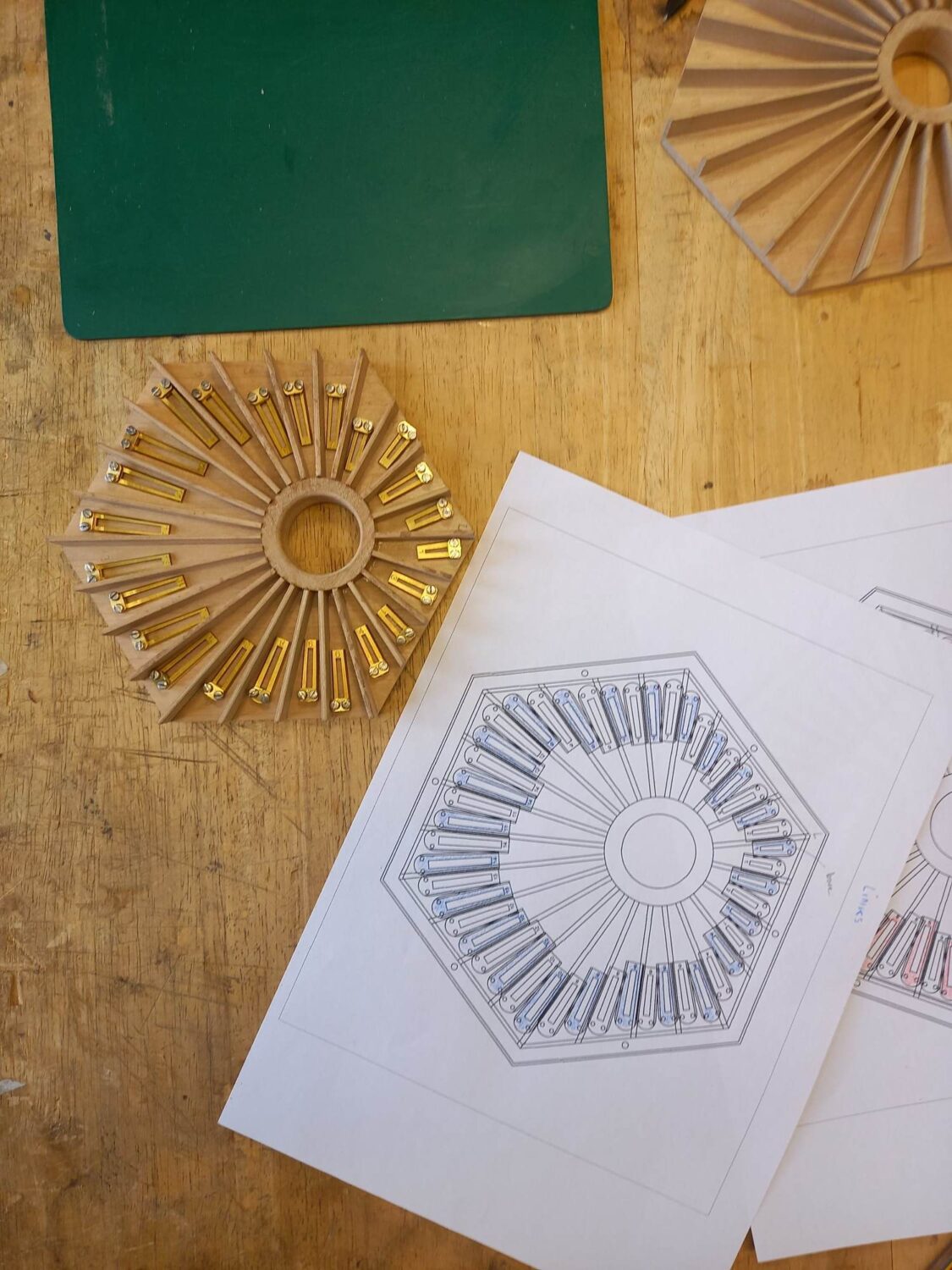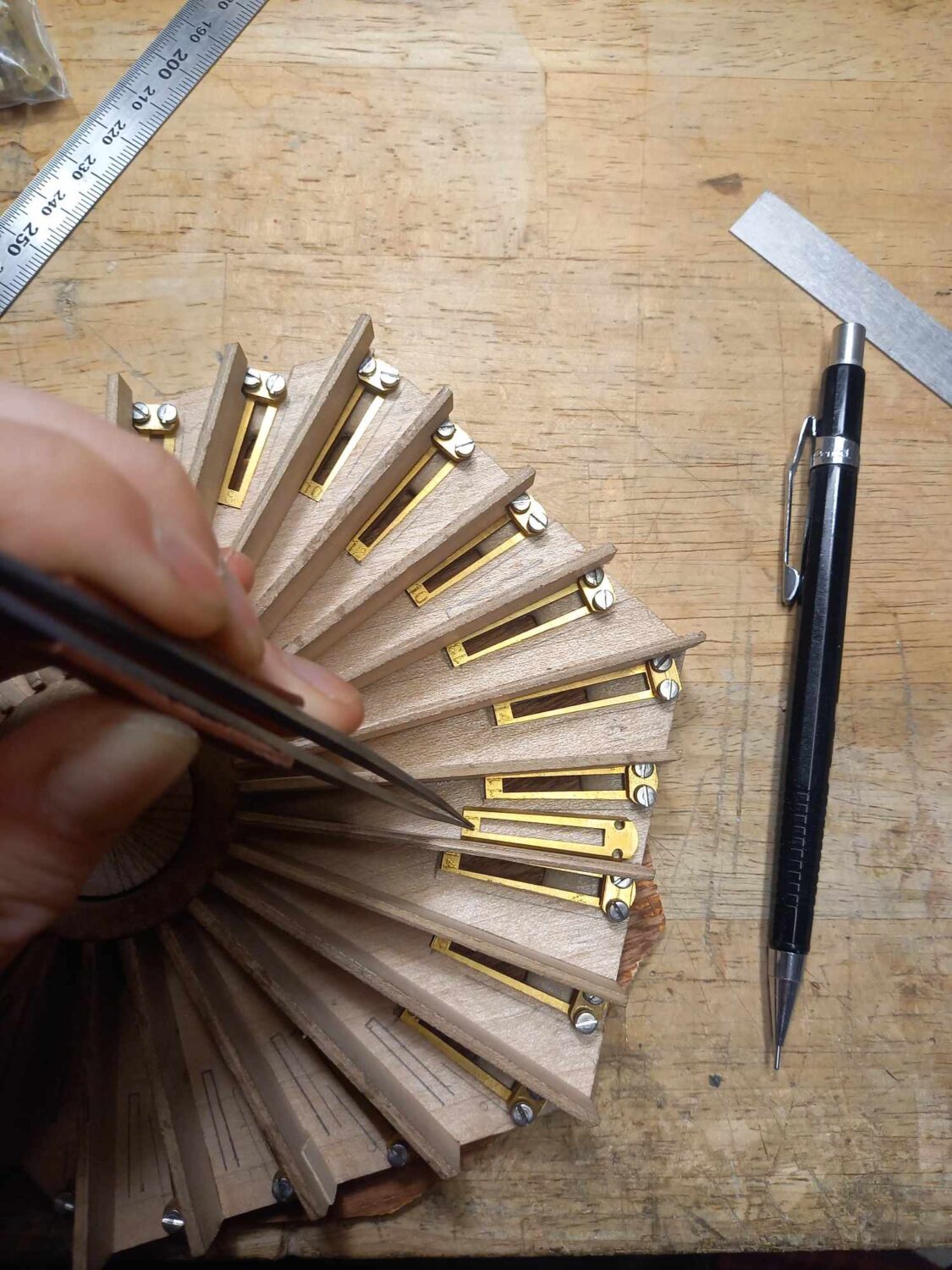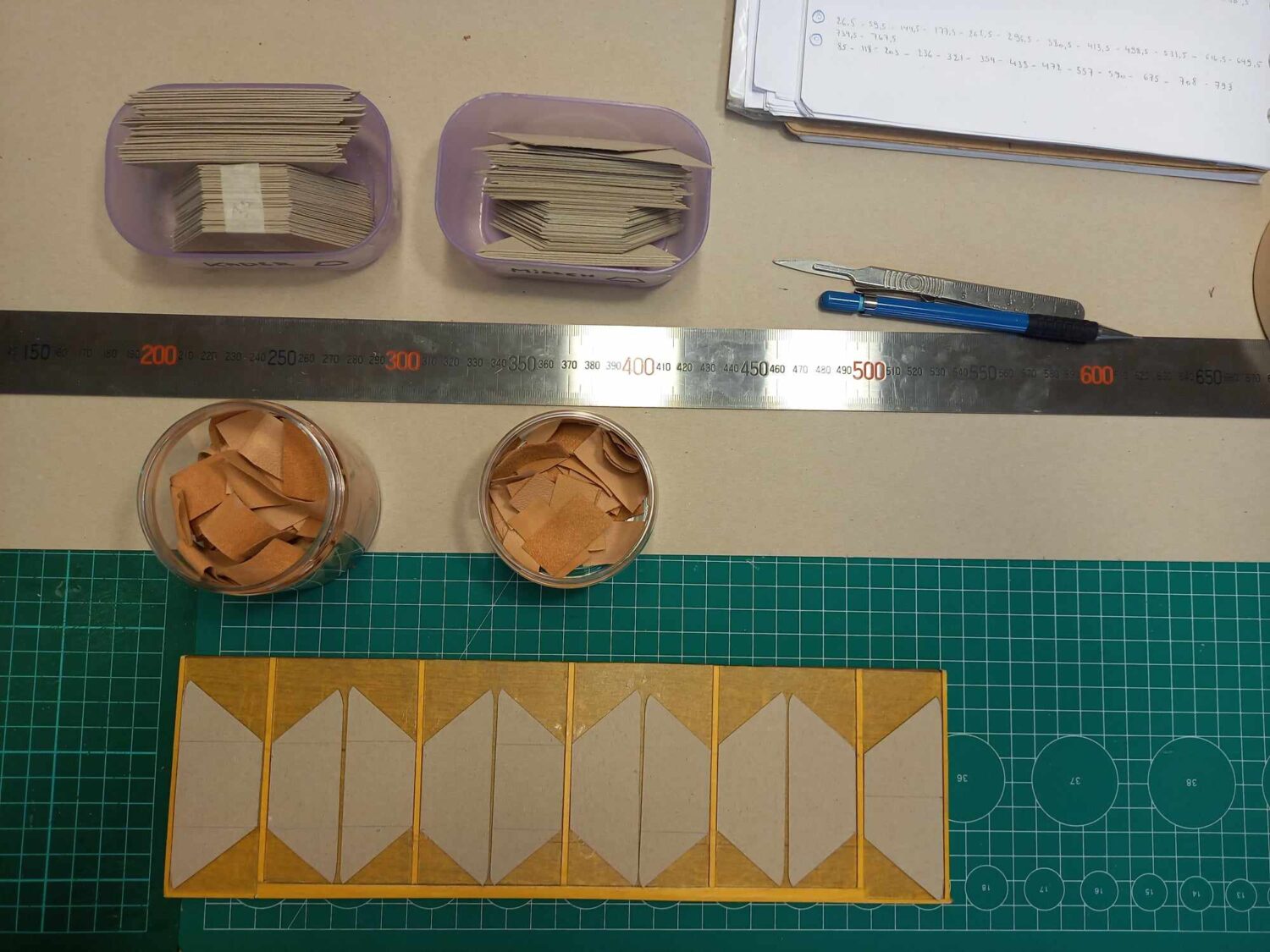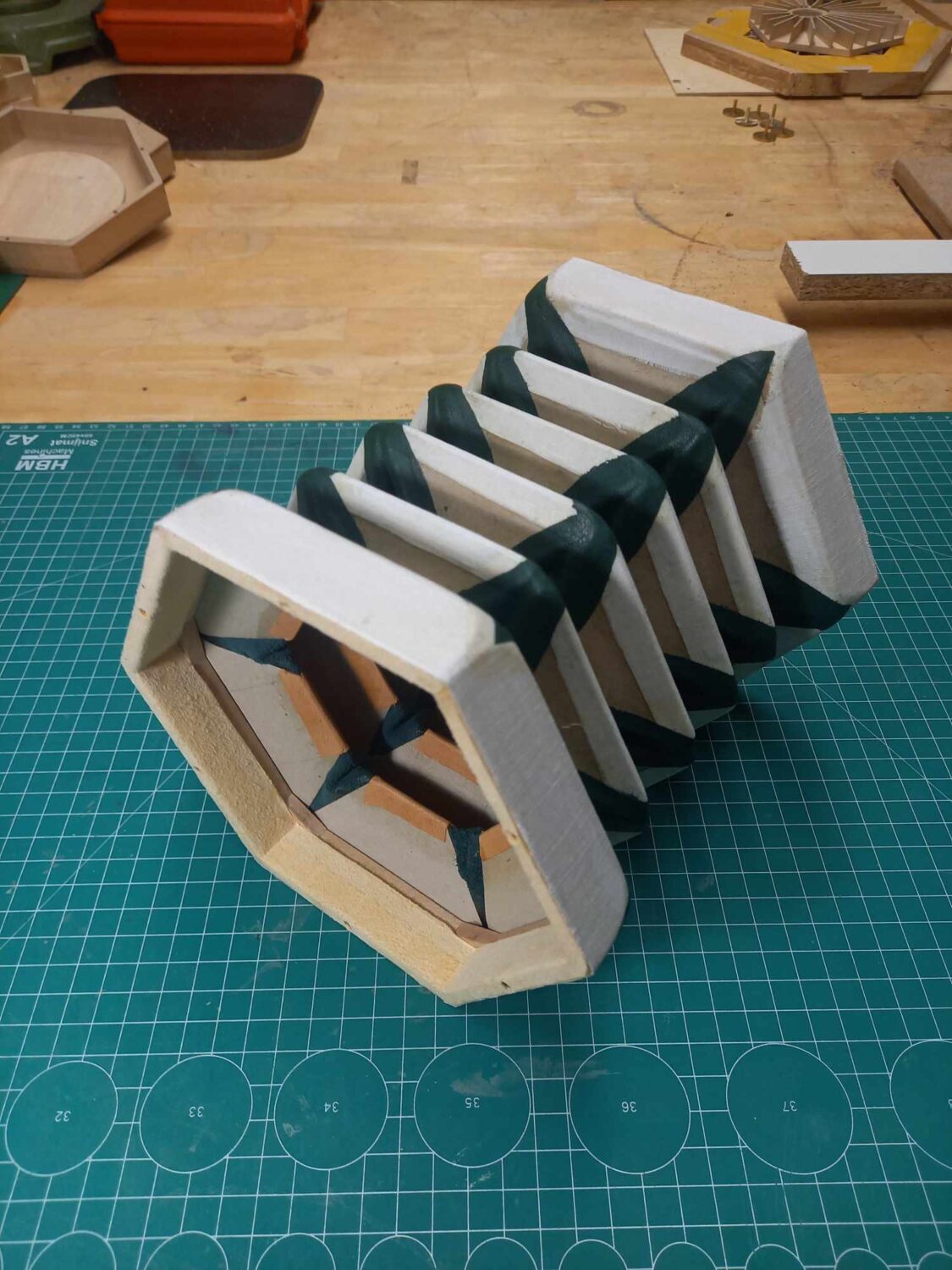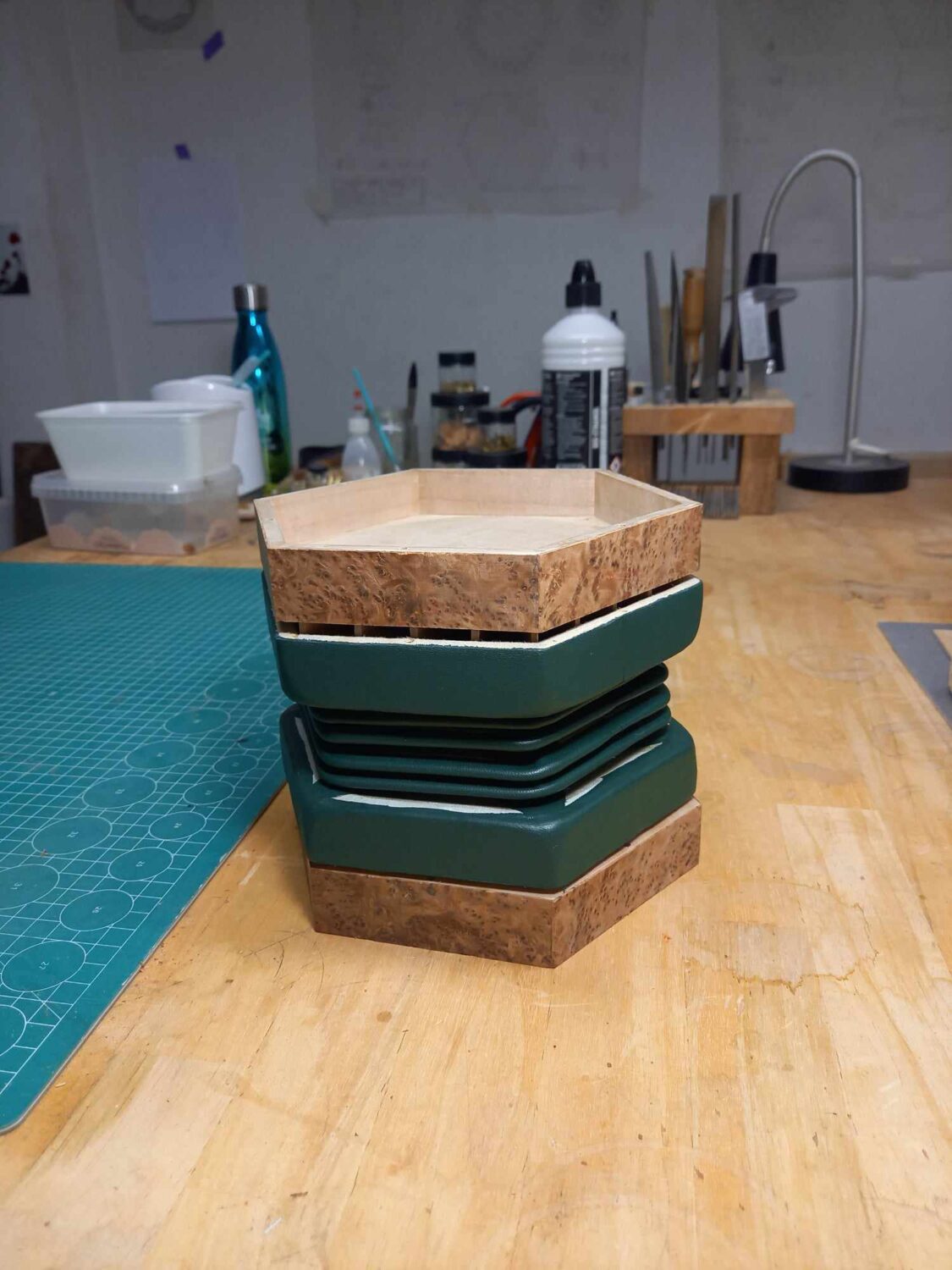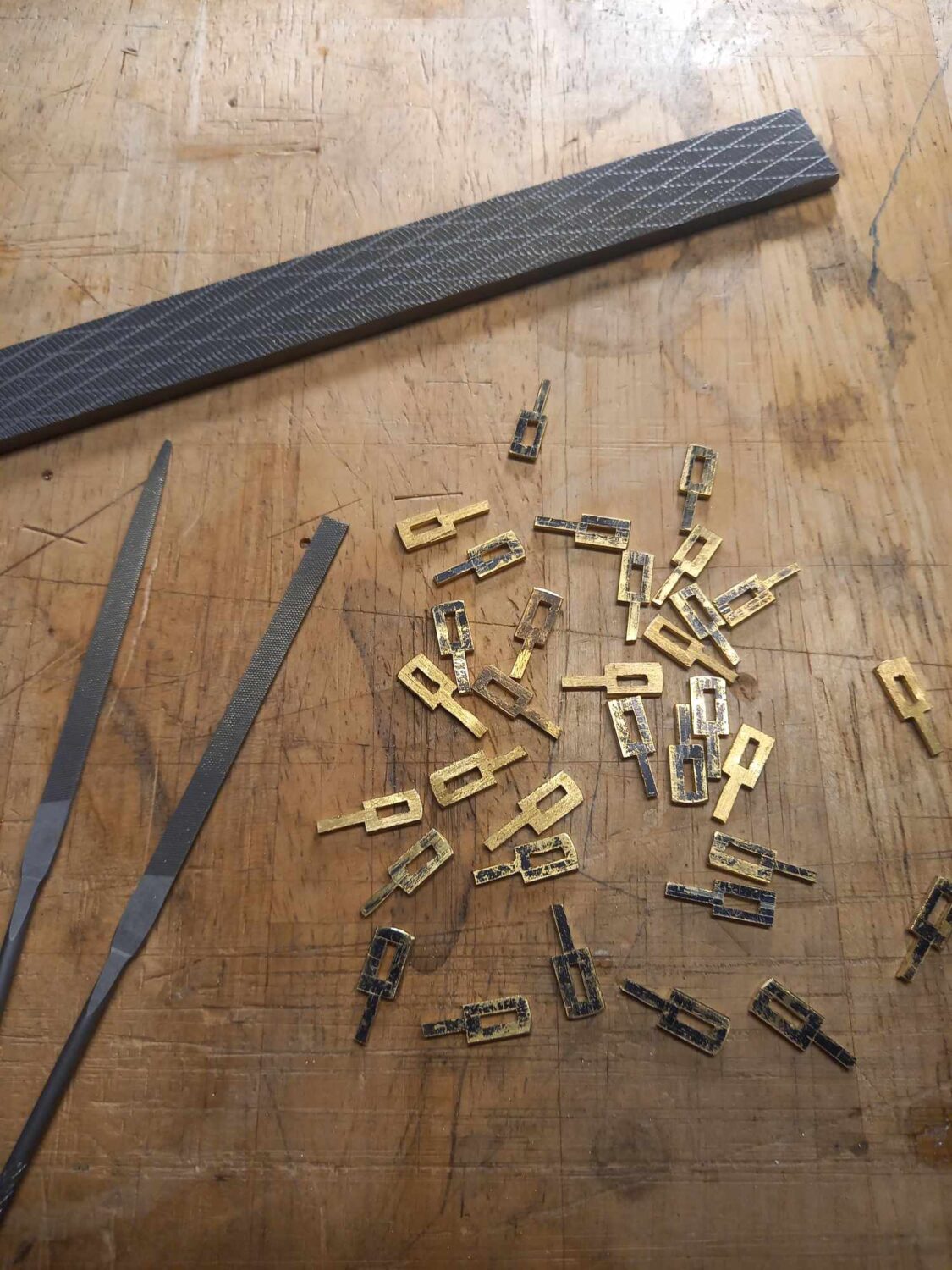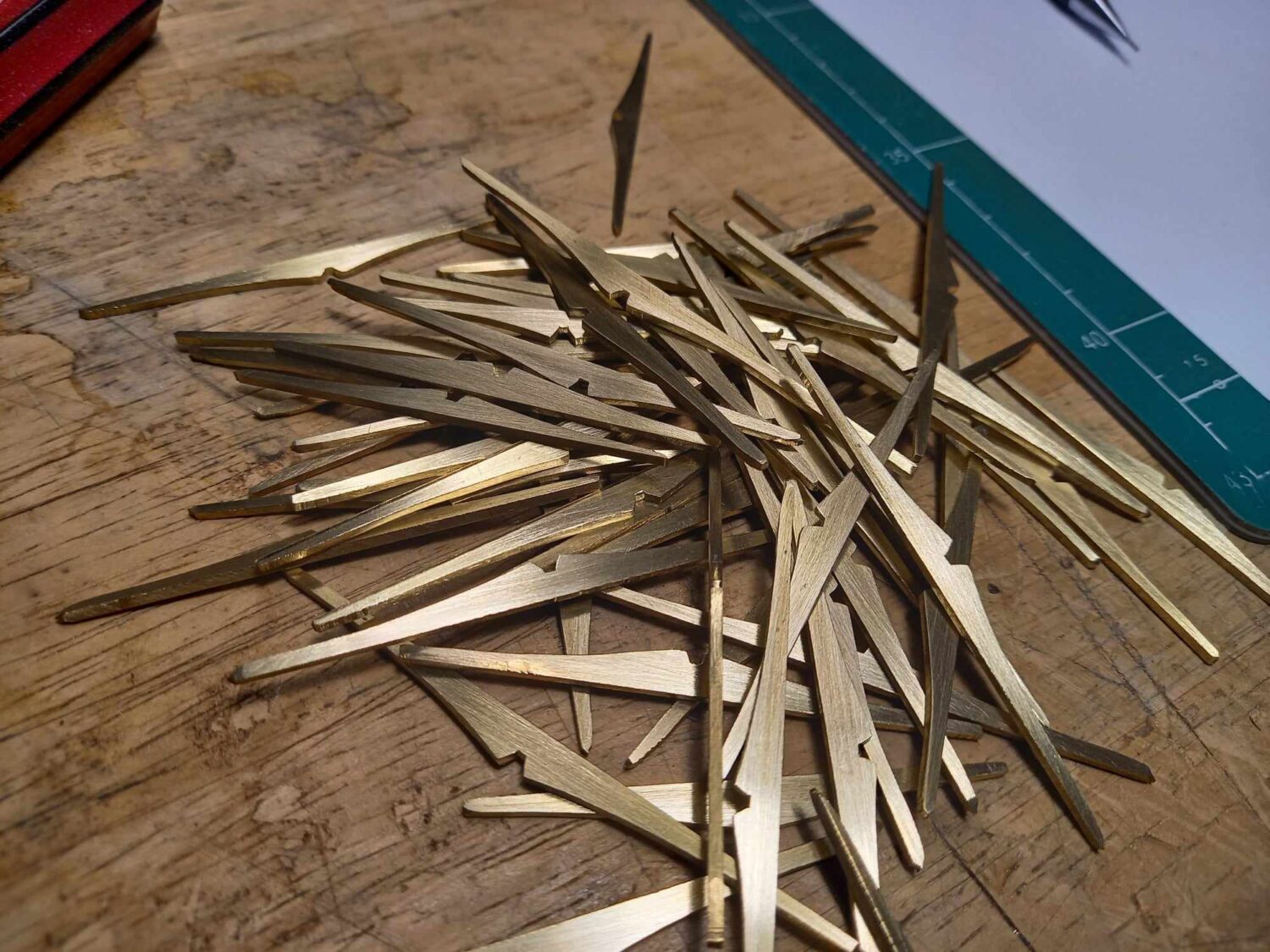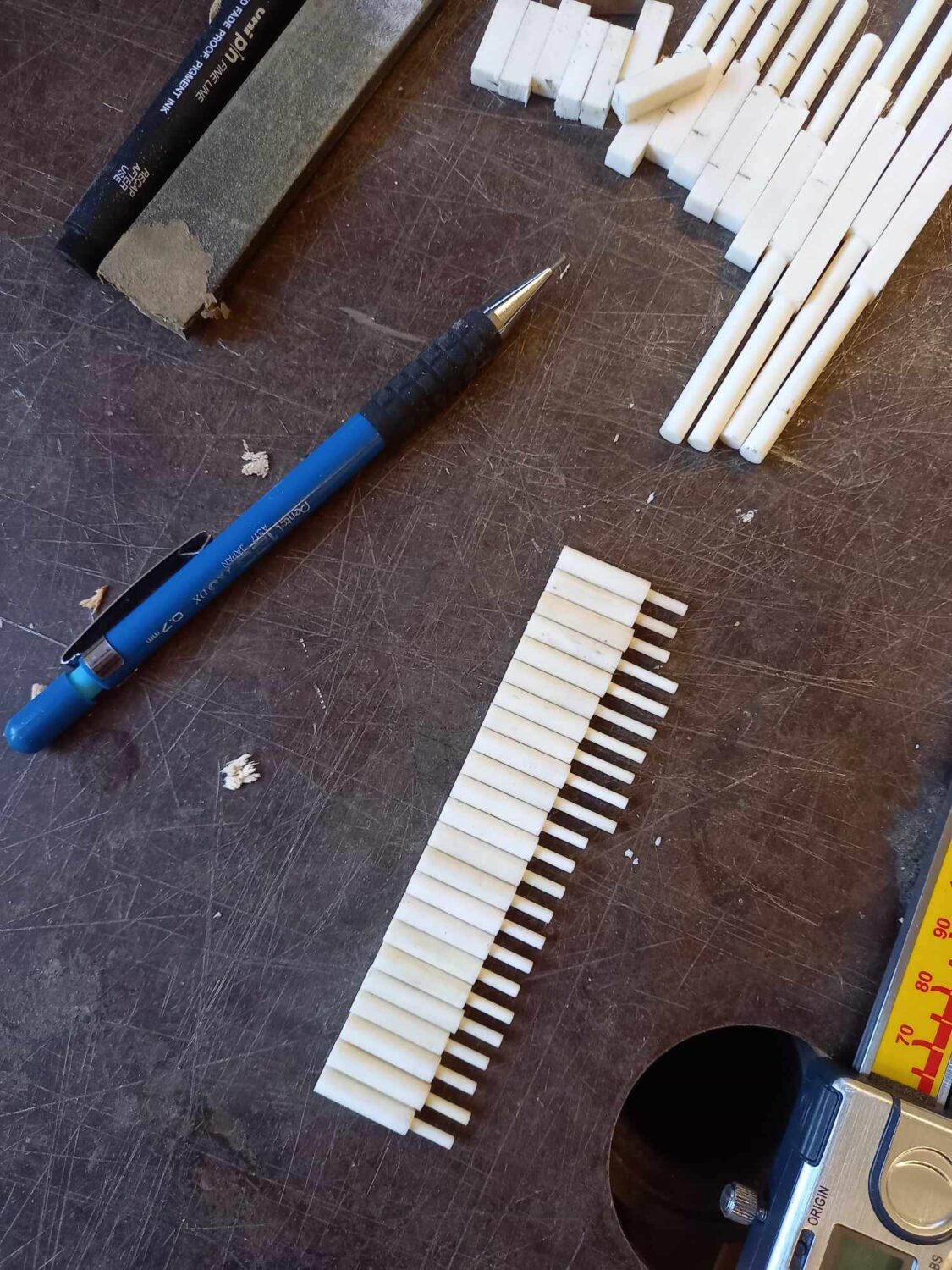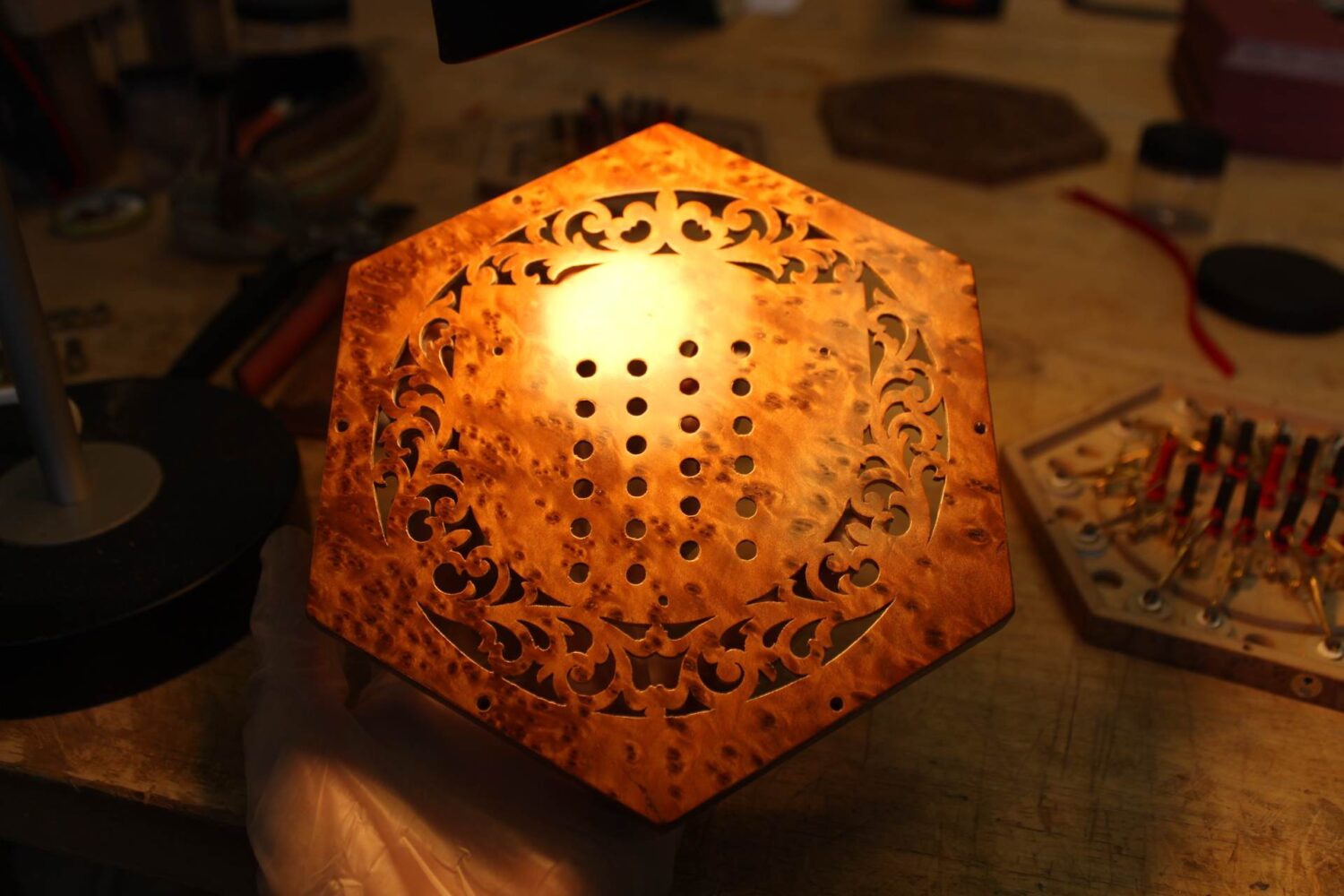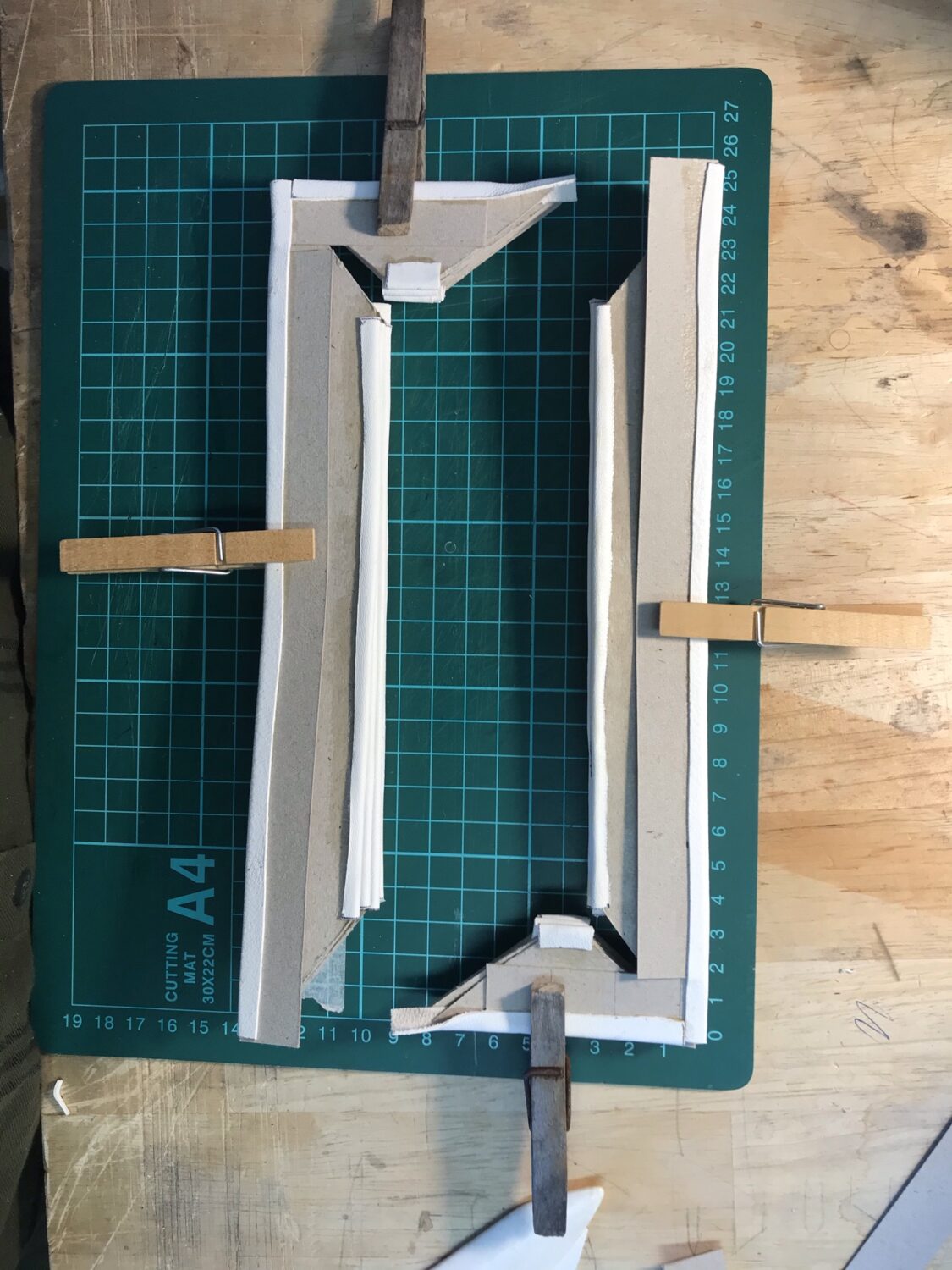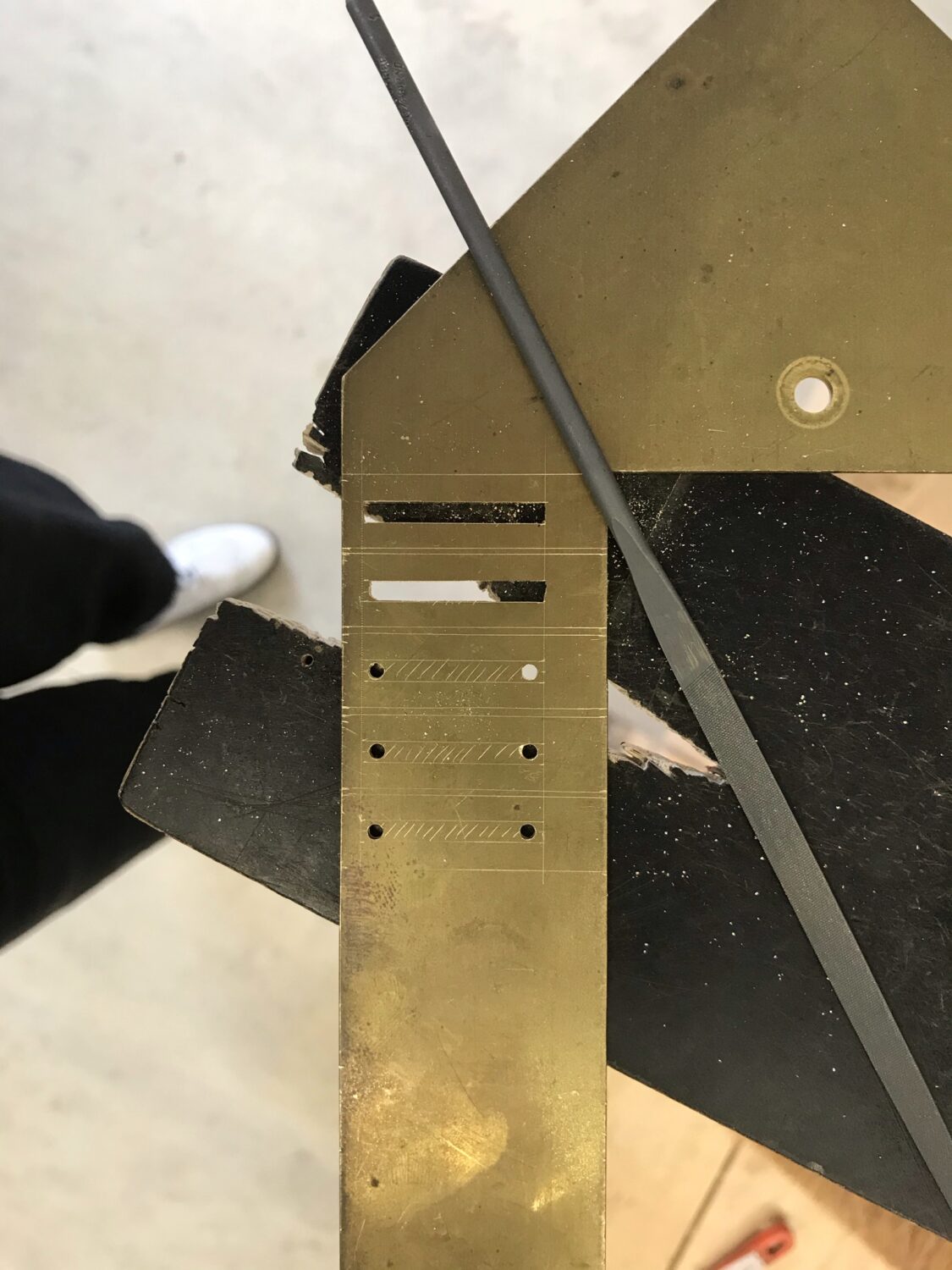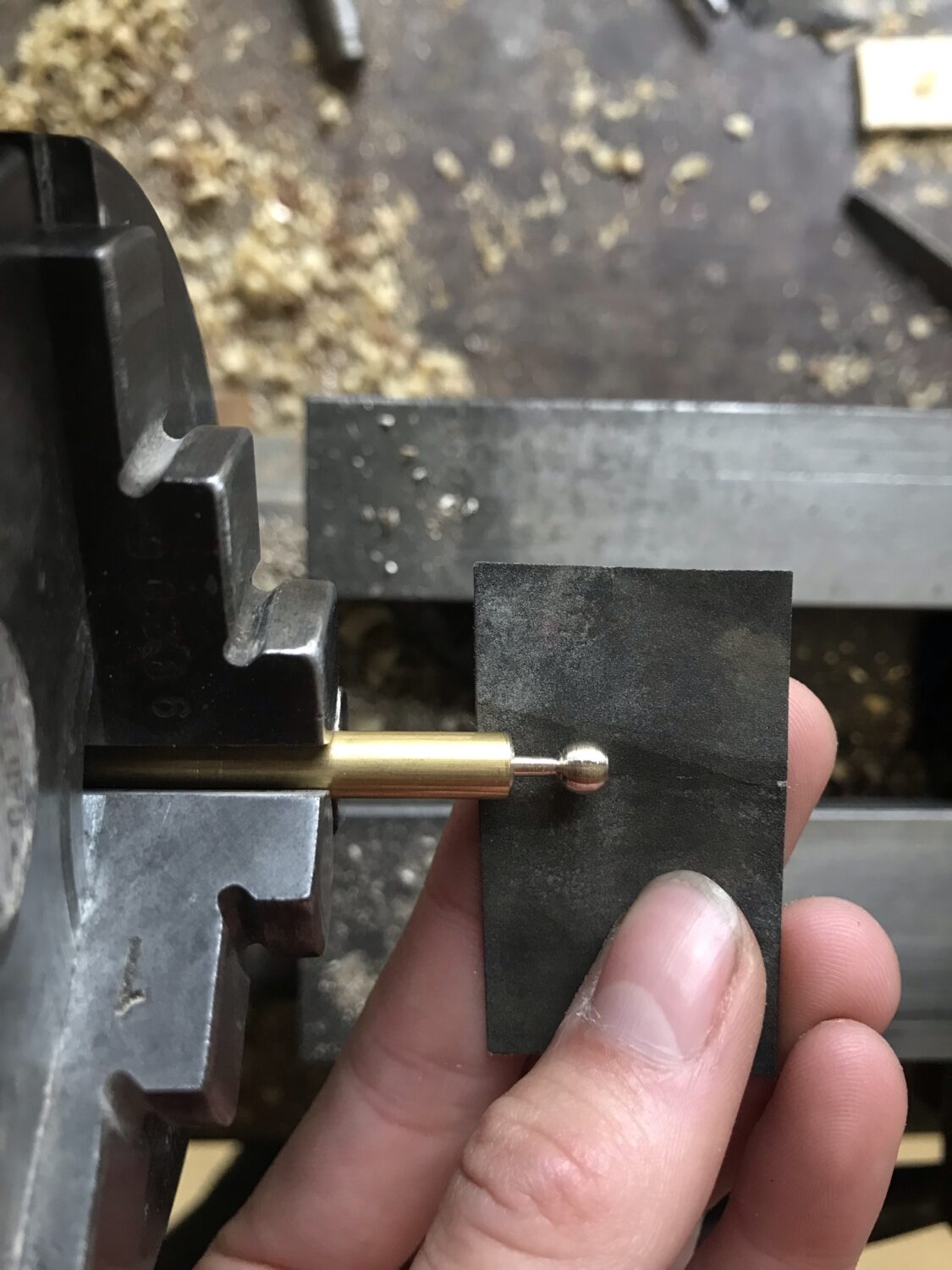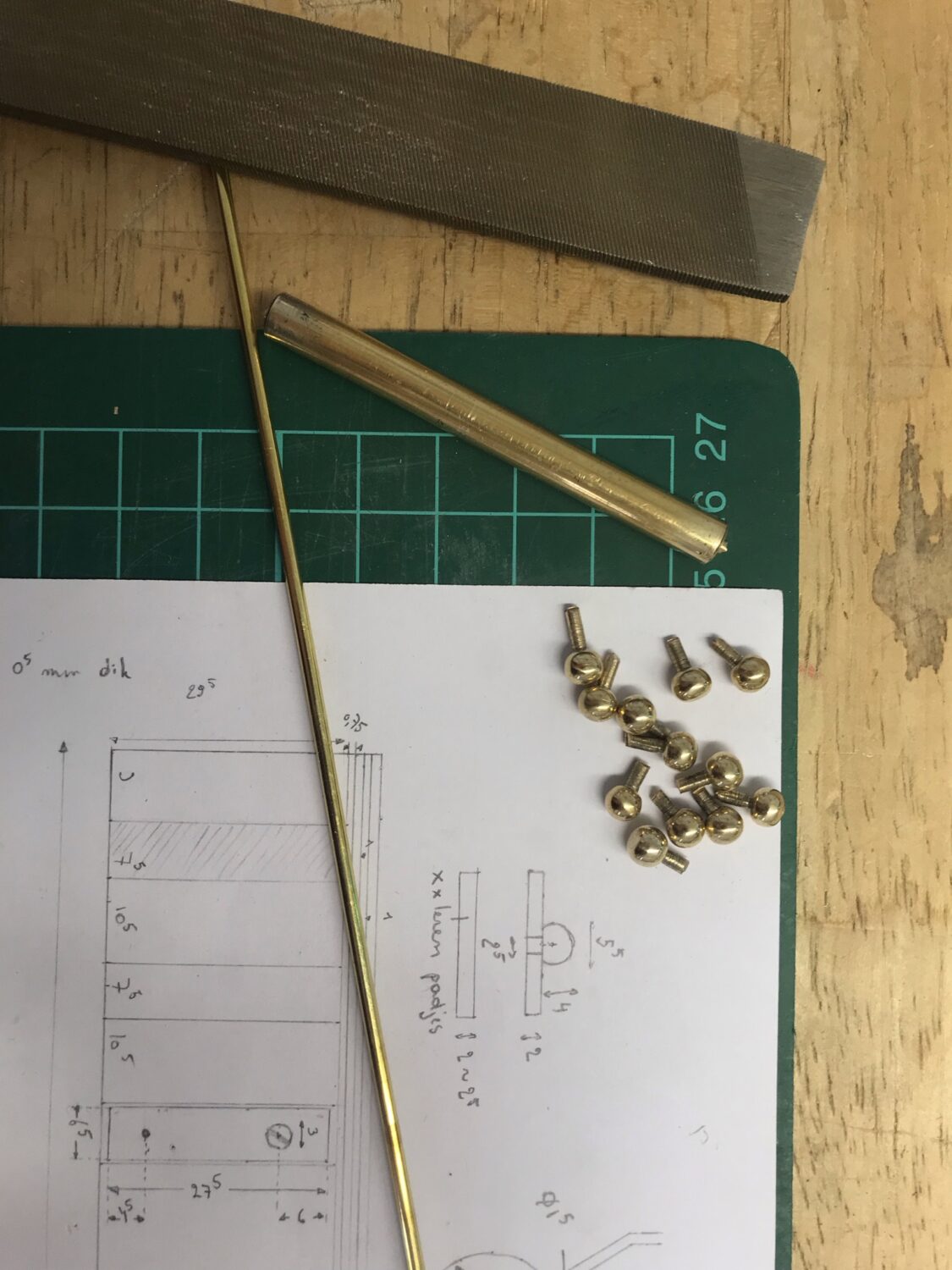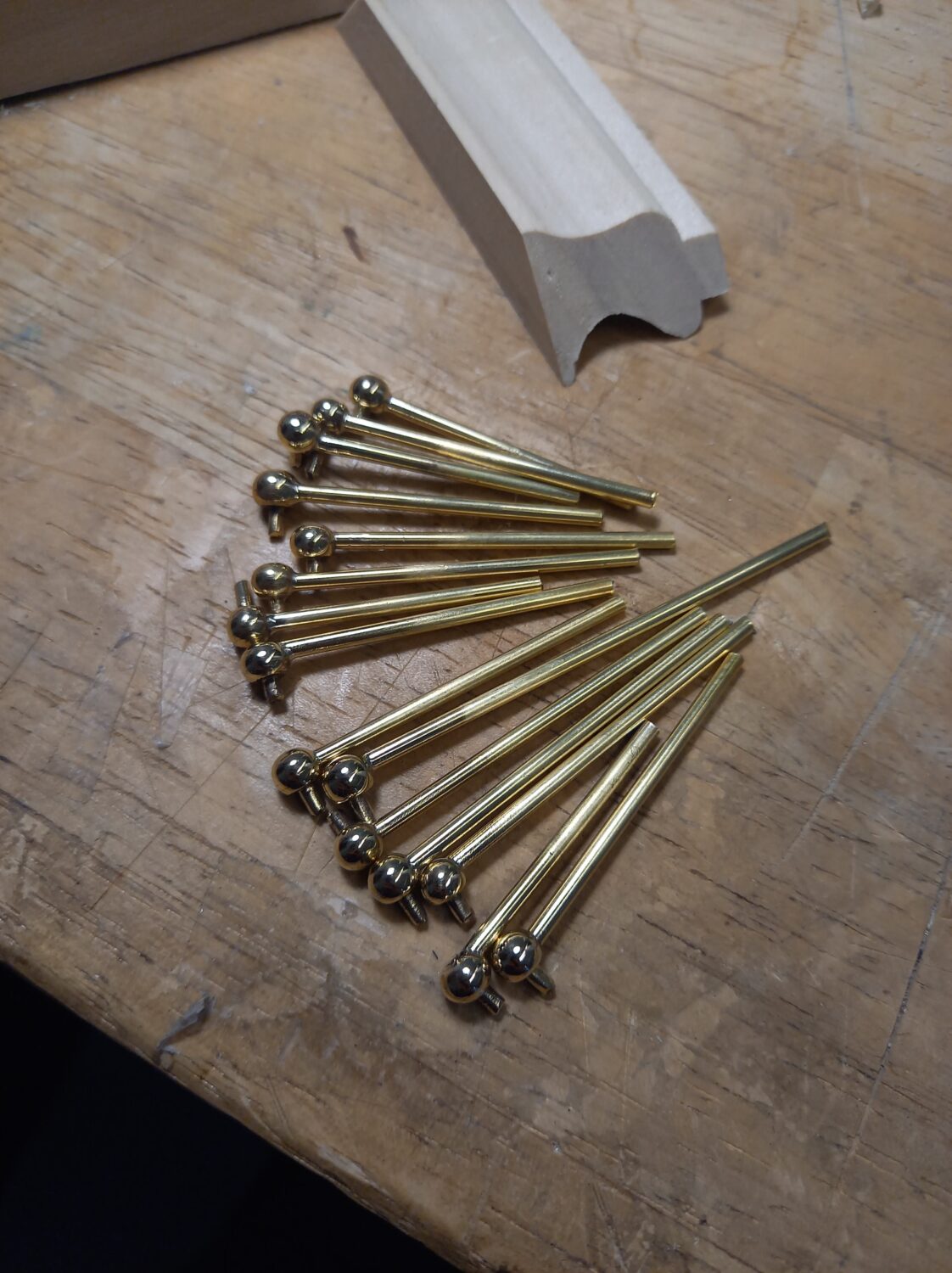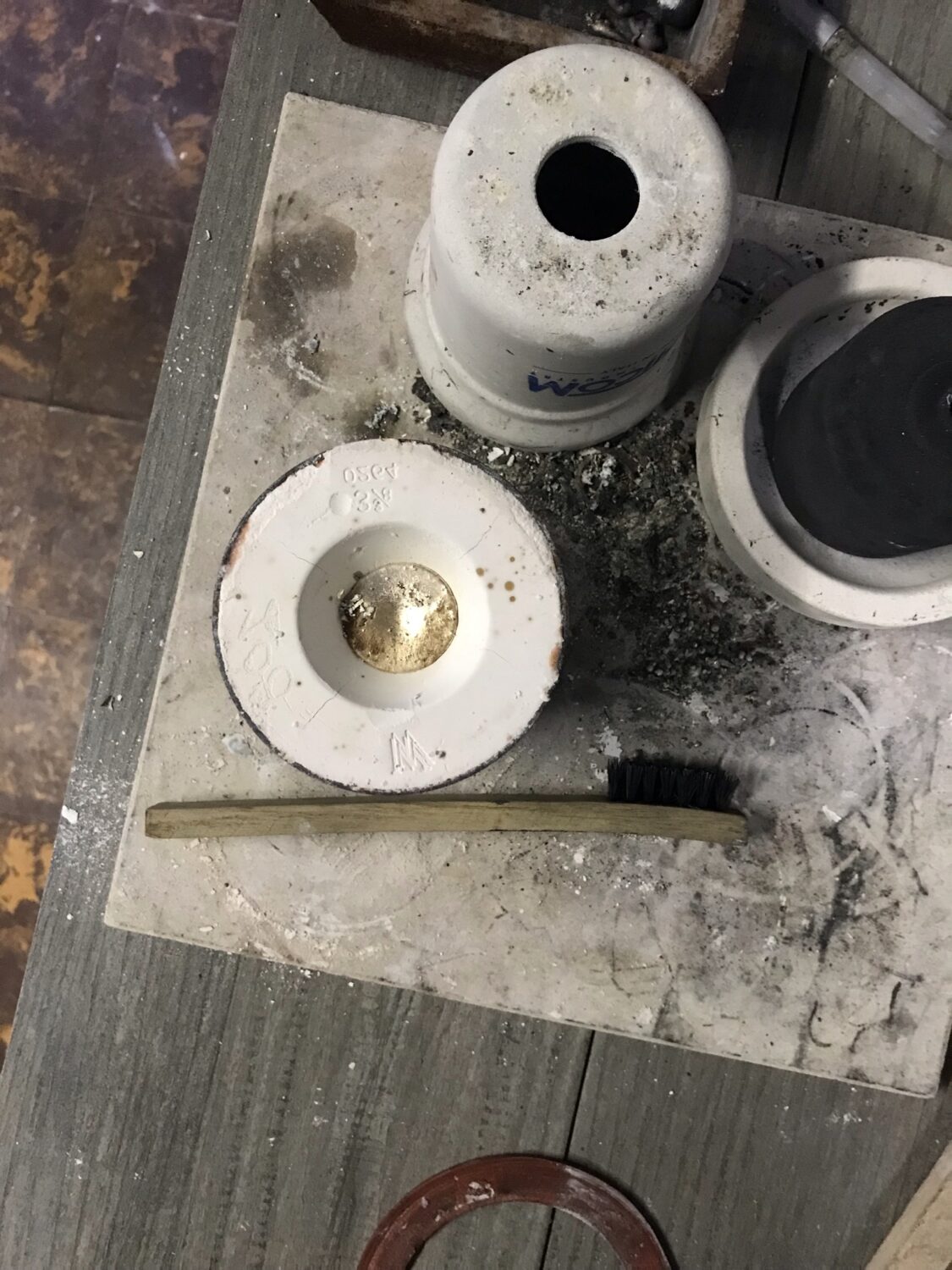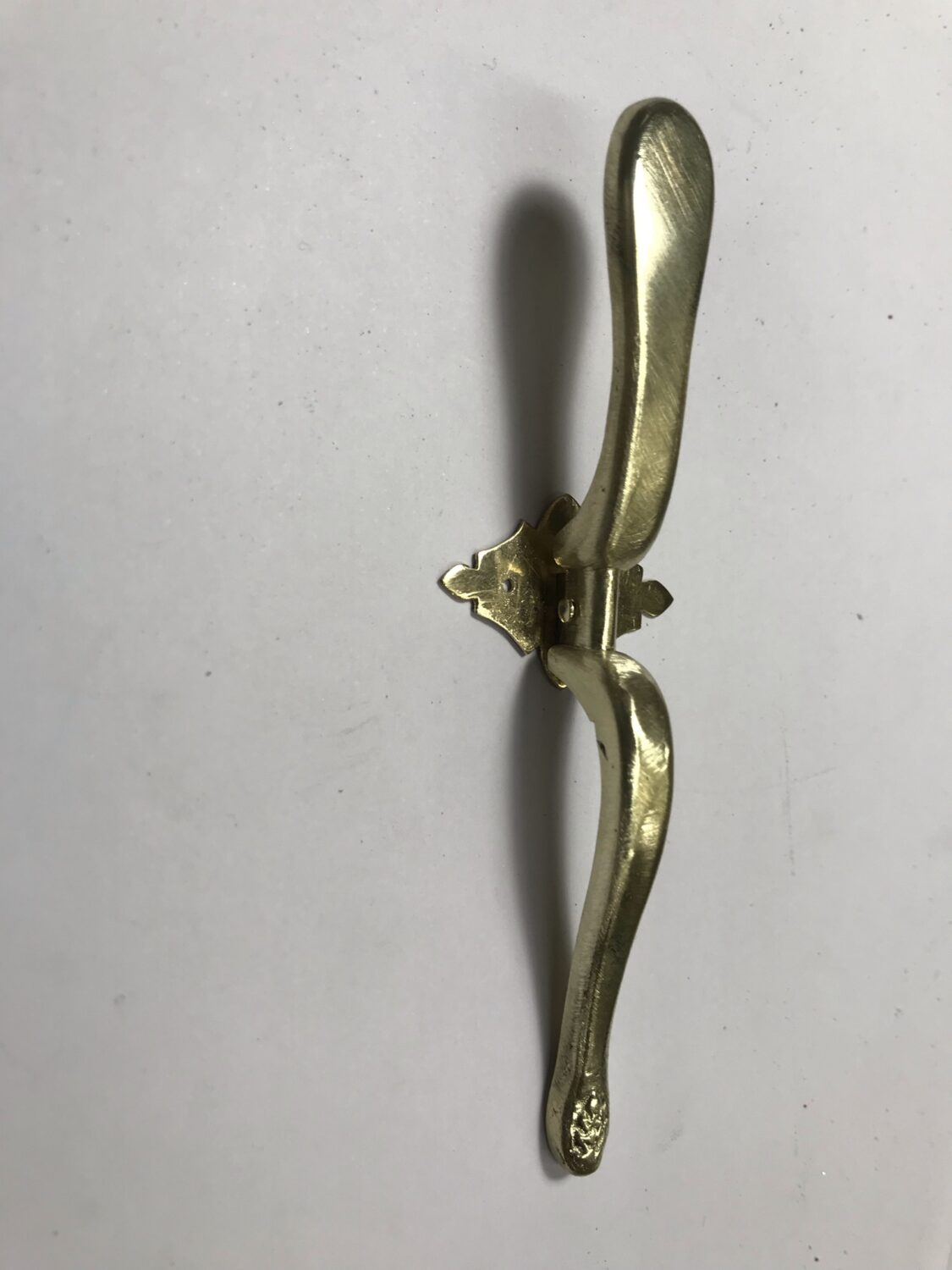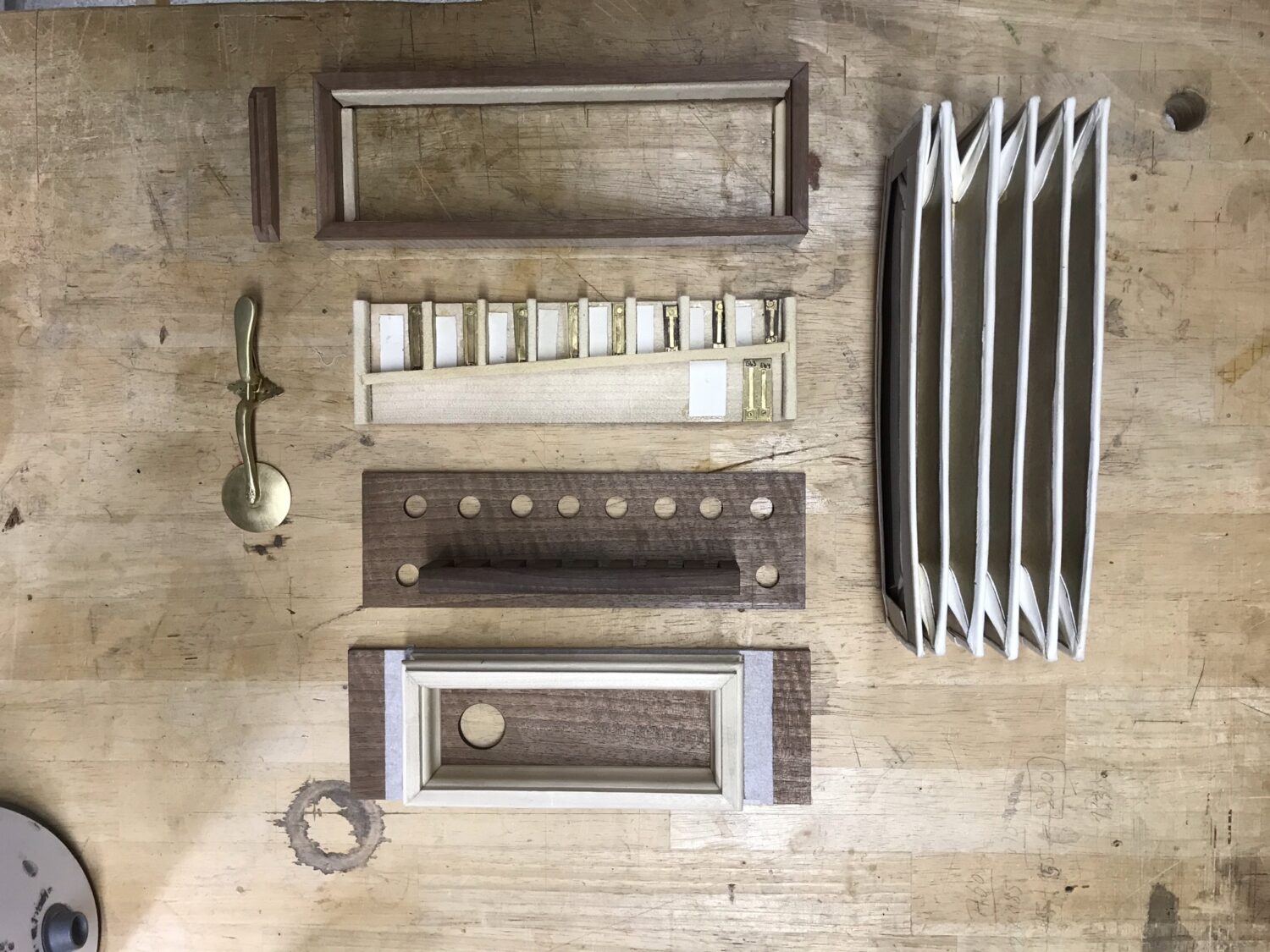Silke De Loore, Exploring free reed instruments
instrumentenbouw
Francis Ponseele
De voorbije jaren was ik te vinden in de 19e eeuw in Frankrijk en Engeland, waar ik ronddwaalde bij het ontstaan van de vroege Europese muziekinstrumenten met vrije rieten. Door een toevalligheid bleef ik hangen bij een 19e eeuwse diatonische accordeon. Ik leerde de eenvoud van dit instrument te appreciëren, wat tevens ook het perfecte opstapje was naar het bouwen van een iets complexere Engelse concertina. Ik besloot na lang zoeken om een prachtige concertina met amboyna-gefineerde zijkanten uit 1846 na te bouwen. Dit instrument werd oorspronkelijk gebouwd door Charles Wheatstone, de ‘uitvinder’ van de Engelse concertina. Het feit dat Wheatstone een fysicus was schemert door in dit instrument. Zo zijn de actielade en rietlade visueel heerlijk geometrisch en durf ik voorzichtig het woord perfectie in de mond te nemen. De uitdaging bestond erin bij het nabouwen van deze concertina om een fabrieks-gebouwd instrument, waar waarschijnlijk heel wat mensen aan gewerkt hadden ook als één-vrouw-bezigheid te realiseren en hierbij ook de 96 messing rieten zelf te maken, al dan niet met de hulp van technologische vernuftigheden van deze tijd.
For the past few years I could be found in 19th-century France and England, wandering around the origins of early European musical instruments with free reeds. By a coincidence, I ended up with a 19th-century diatonic accordion. I learned to appreciate the simplicity of this instrument, which was also the perfect stepping stone to building a slightly more complex English concertina. After a long search, I decided to recreate a beautiful concertina with amboyna-veneered sides from 1846. This instrument was originally built by Charles Wheatstone, the ‘inventor’ of the English concertina. The fact that Wheatstone was a physicist shines through in this instrument. For instance, the action board and reed pan are visually delightfully geometric and I dare to cautiously mention the word perfection. The challenge in rebuilding this concertina was to realise a factory-built instrument, on which probably a lot of people had worked, as a one-woman operation, and in the process also to make the 96 brass reeds yourself, whether or not with the help of technological contrivances of our time.
English Concertina

Built after a concertina of Charles Wheatstone, the inventor of the English concertina. The instrument was built in 1848 with amboyna ends and square brass free reeds.
Diatonic accordeons from the early 19th century
Some workshop pictures…


